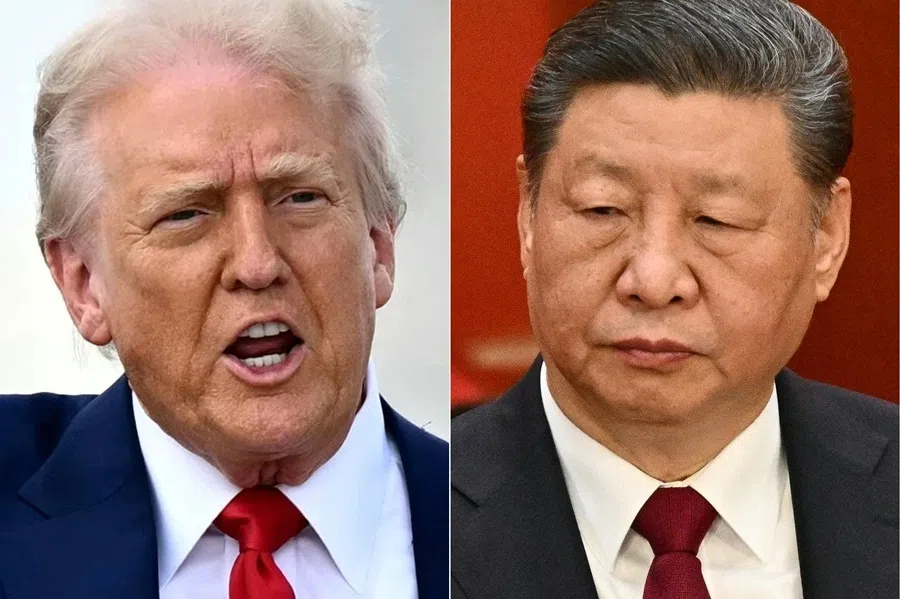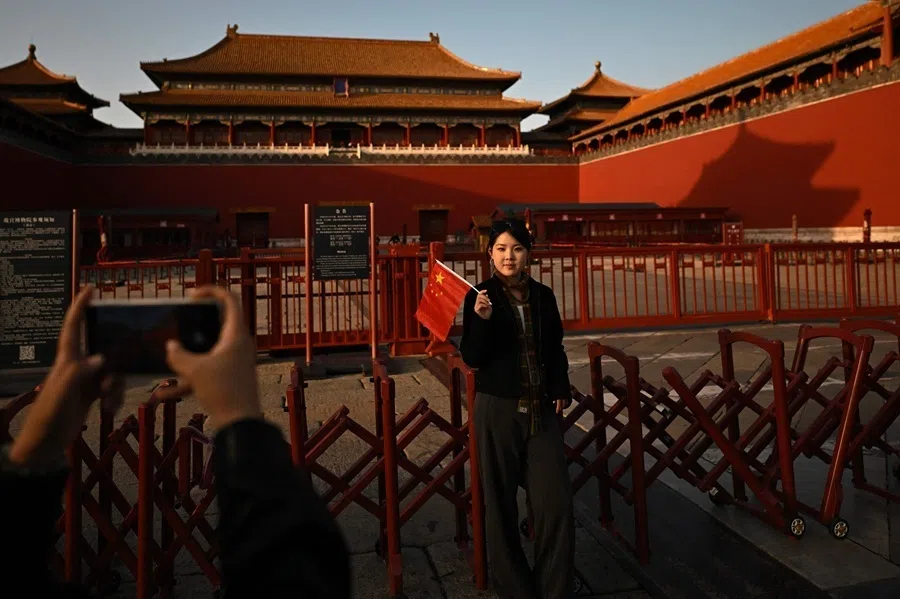The Cambodia-Thailand truce: What Malaysia, China and the US got right
Together, the three actors of Malaysia/ASEAN, China and the US formed an unusual trilateral alignment that led to the Cambodia-Thailand truce. Their cooperation may now serve as a practical model for managing emerging crises in the global south, says academic Ma Haiyun.

In late July 2025, as Cambodian and Thai forces exchanged artillery fire near the long-disputed Preah Vihear temple, Southeast Asia seemed on the verge of a major border war. Yet within days, the guns fell silent. A ceasefire — brokered by Malaysia and backed diplomatically by both China and the US — brought the crisis to a halt. Even though it is a shaky truce, with both sides accusing the other of violating the ceasefire, it marked a striking success for quiet, multilateral diplomacy at a time of global disorder.
This rapid resolution was no accident. It reflected Malaysia’s long-term investment in regional peacebuilding, China’s historical and strategic engagement with mainland Southeast Asia, and a subtle recalibration of Washington’s Indo-Pacific policy.
Together, these three actors — Malaysia/ASEAN, China and the US — formed an unusual trilateral alignment. Their cooperation may now serve as a practical model for managing emerging crises in the global south.
Historically, Chinese dynasties — particularly the Ming — acted as mediators in Southeast Asia through a model of “tribute, investiture and non-intervention”.
Malaysia’s Madani diplomacy: from domestic reform to regional peace
Prime Minister Anwar Ibrahim’s role in mediating the ceasefire is rooted in his “Madani” governance framework, which fuses Islamic ethics with universal values. At home, Madani emphasises six noble values of sustainability, compassion, respect, innovation, prosperity and trust. Abroad, it has shaped a diplomatic posture grounded in restraint, pluralism and principled engagement.
Malaysia’s role in the Cambodia-Thailand ceasefire builds on its lesser-known but consistent record as a regional mediator. Kuala Lumpur helped broker the 2014 Comprehensive Agreement on the Bangsamoro in the Philippines and has facilitated peace talks in Thailand’s southern insurgency for over two decades. These efforts have earned it a reputation within ASEAN as a credible, neutral actor.

At a time when global institutions like the UN Security Council are increasingly paralysed by great-power rivalry, Malaysia’s success highlights the power of regional diplomacy and middle-power leadership. The Cambodia–Thailand ceasefire shows that local solutions — backed, but not dictated, by external powers — can avert war.
China’s strategic patience and historical continuity
China’s support for the ceasefire reflects both geopolitical calculation and a deep well of historical experience. Cambodia remains one of Beijing’s closest regional partners, sustained through investment, infrastructure and security ties. Thailand, while a US treaty ally, is increasingly economically integrated with China via the Belt and Road Initiative.
Yet China’s role in this episode cannot be viewed purely through a strategic lens. Historically, Chinese dynasties — particularly the Ming — acted as mediators in Southeast Asia through a model of “tribute, investiture and non-intervention”. These rituals emphasised moral persuasion, regional harmony and deference to the “Way of Heaven” — an early expression of non-coercive diplomacy, not unlike the Madani ethos. In 2025, Beijing drew on this legacy by quietly encouraging restraint on both sides: privileging regional order over short-term advantage.
This ceasefire was not achieved through ultimatums, sanctions or shows of force. It was built through trade ties, historical legacies, trust and mutual restraint.
The US: realism over rivalry
Washington’s role in the ceasefire suggests a modest but important adjustment in its Indo-Pacific policy. Rather than exploiting the conflict to destabilise China’s periphery or intensify its strategic rivalry with Beijing, the US opted for a more pragmatic approach — collaborating with both China and Kuala Lumpur to help de-escalate tensions.
This approach contrasts with the securitised and confrontational tone that has often characterised recent US engagement in the region. The 2025 ceasefire reflects a growing recognition in Washington that ASEAN centrality matters — and that cooperation with China, however fraught, can be both necessary and productive.

Under President Donald Trump’s second term, the US reportedly used economic incentives rather than military assets to quietly encourage Phnom Penh and Bangkok toward restraint. The episode suggests that when US power is exercised strategically — and in alignment with regional priorities — it can still deliver diplomatic results.
A template for peace in a fragmented world
At a moment when the international community is consumed by protracted wars in Ukraine, Gaza, and the Sahel, the Cambodia-Thailand ceasefire risks being overlooked. But it deserves serious attention.
The agreement underscores how regional actors, such as Malaysia, and frameworks like ASEAN, can step up when global institutions falter. It affirms that older diplomatic traditions — from China’s ritual diplomacy to Malaysia’s Madani values to American realism — remain relevant tools for conflict resolution. And it shows that the US, when prioritising stability over confrontation and multilateralism over unilateralism, can still play a constructive role.
This ceasefire was not achieved through ultimatums, sanctions or shows of force. It was built through trade ties, historical legacies, trust and mutual restraint. In today’s polarised world, that alone is remarkable. If sustained, the Cambodia-Thailand truce could stand as a defining case of 21st-century diplomacy done right — not through ideology or domination, but through coordination, restraint, and mutual interest. It offers a modest but meaningful blueprint for navigating a more fragmented, multipolar world.



![[Big read] Prayers and packed bags: How China’s youth are navigating a jobless future](https://cassette.sphdigital.com.sg/image/thinkchina/16c6d4d5346edf02a0455054f2f7c9bf5e238af6a1cc83d5c052e875fe301fc7)

